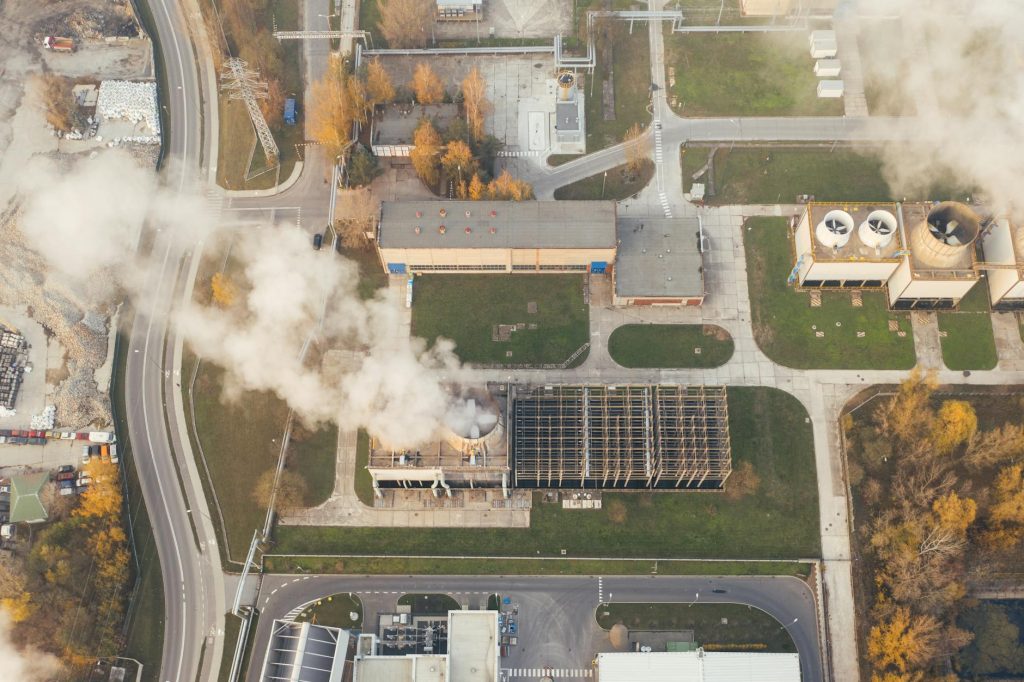- Understanding Air Quality Sensors
- The Impact on Public Health
- Environmental Awareness and Community Engagement
- Policy Planning and Sustainable Development
- Collaborative Efforts and Partnerships
- Conclusion
Air Quality Sensors in Leeds: Effortless Path to Cleaner Cities
In today’s world, where environmental concerns are at the forefront of public discourse, the importance of monitoring and improving air quality cannot be overstated. With the rise of urbanization and industrialization, cities face the challenge of air pollution. Leeds, a bustling city in the UK, has taken a proactive approach to combat air pollution by implementing air quality sensors. These sensors play a crucial role in monitoring pollutants, raising awareness, and ultimately paving the way towards a cleaner and healthier city environment. Let’s delve deeper into how air quality sensors in Leeds are contributing to a more sustainable future.
Understanding Air Quality Sensors
Air quality sensors are devices designed to measure various pollutants present in the air, including particulate matter, nitrogen dioxide, carbon monoxide, and ozone. These sensors analyze the concentration of pollutants and provide real-time data on air quality levels. In Leeds, these sensors are strategically placed in different locations across the city to ensure comprehensive coverage and accurate monitoring of air pollution.
The Impact on Public Health
Poor air quality is a significant risk factor for respiratory illnesses, cardiovascular diseases, and other health complications. By deploying air quality sensors, Leeds can closely monitor pollutant levels and promptly address any spikes or fluctuations. This proactive approach enables authorities to take timely measures to reduce pollution levels, thereby safeguarding public health and well-being.
Environmental Awareness and Community Engagement
One of the significant benefits of air quality sensors is their ability to raise environmental awareness among the public. By making real-time air quality data accessible to residents, businesses, and local authorities, these sensors empower individuals to make informed decisions regarding outdoor activities, transportation choices, and even urban planning initiatives. Moreover, the availability of data fosters community engagement and encourages collective efforts towards reducing pollution and creating a cleaner city environment.
Policy Planning and Sustainable Development
The data collected by air quality sensors serves as a valuable resource for policymakers and urban planners in shaping sustainable development strategies. By analyzing air quality trends and identifying pollution hotspots, authorities can devise targeted interventions to mitigate environmental impact and promote cleaner air quality in Leeds. This data-driven approach enhances the efficiency of policy planning and enables the city to progress towards a more sustainable and environmentally responsible future.
Collaborative Efforts and Partnerships
The success of air quality monitoring in Leeds relies on collaborative efforts and partnerships between government entities, academic institutions, environmental organizations, and the local community. By working together towards a common goal of improving air quality, stakeholders can leverage the data generated by air quality sensors to implement evidence-based interventions and drive positive changes in the city’s environmental landscape.
Conclusion
In conclusion, air quality sensors in Leeds represent a stepping stone towards achieving cleaner, healthier cities. By harnessing the power of technology and data-driven insights, Leeds is paving the way for sustainable urban development and environmental protection. The deployment of these sensors not only facilitates accurate monitoring of air quality but also promotes public health awareness, community engagement, and collaborative efforts towards building a greener future. As other cities look to emulate Leeds’ success, the integration of air quality sensors stands as a beacon of progress in the global fight against air pollution.



